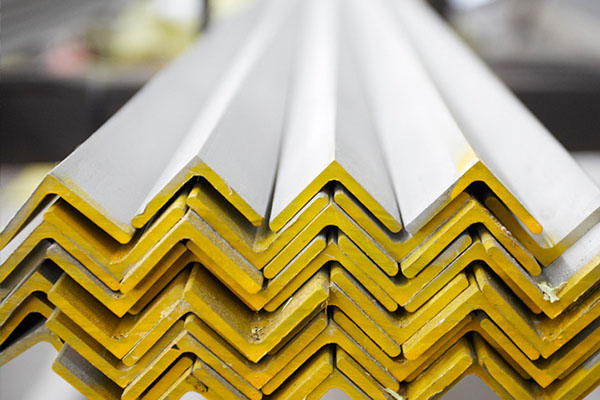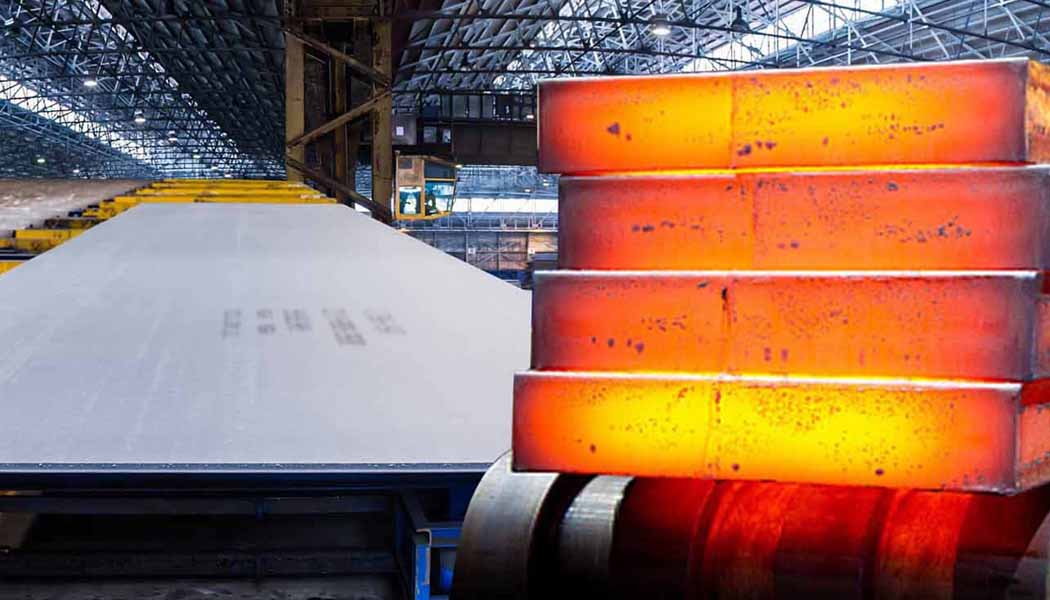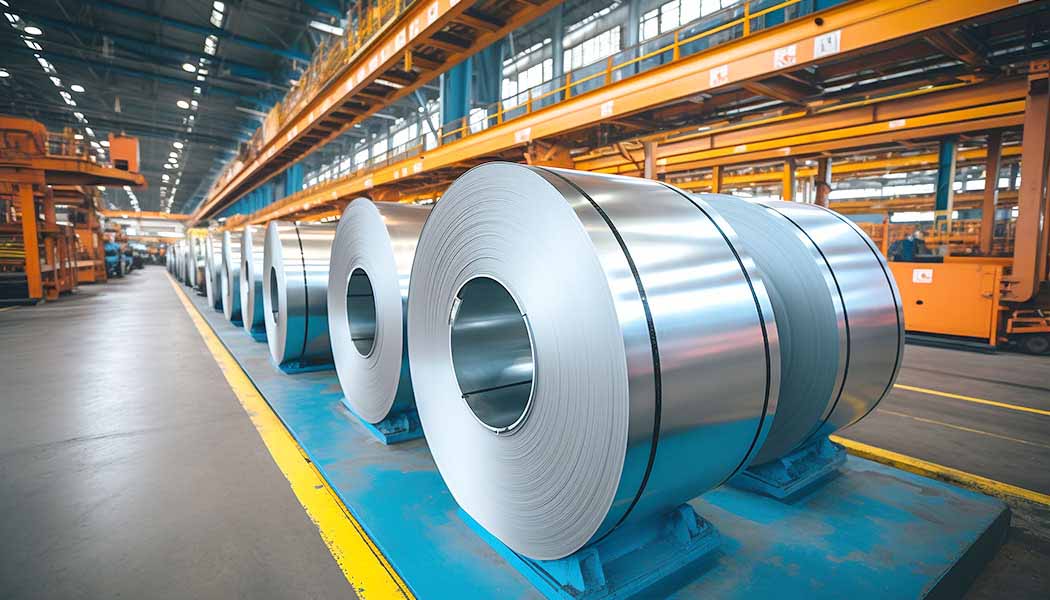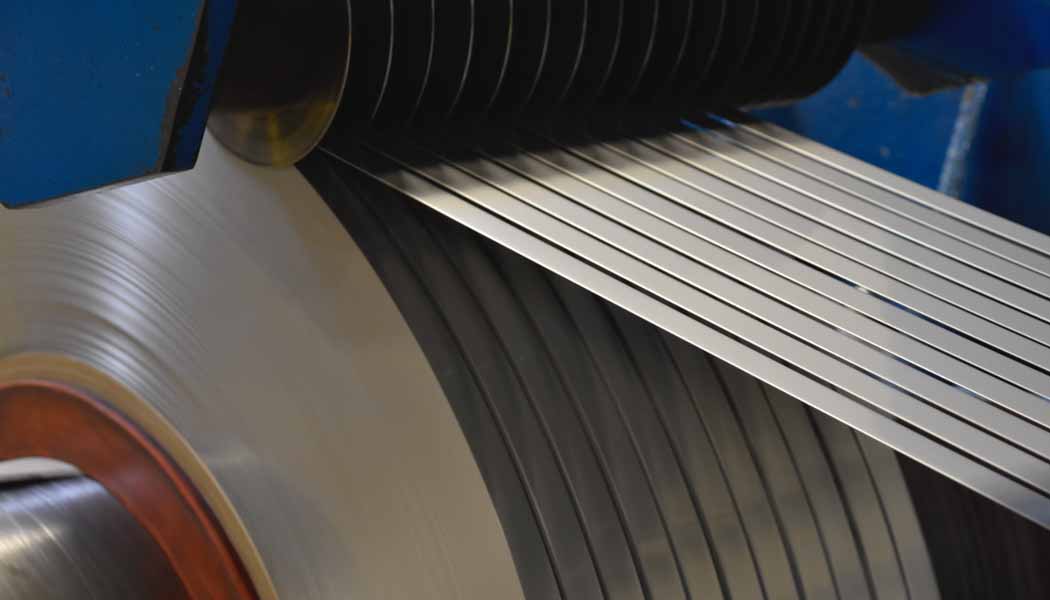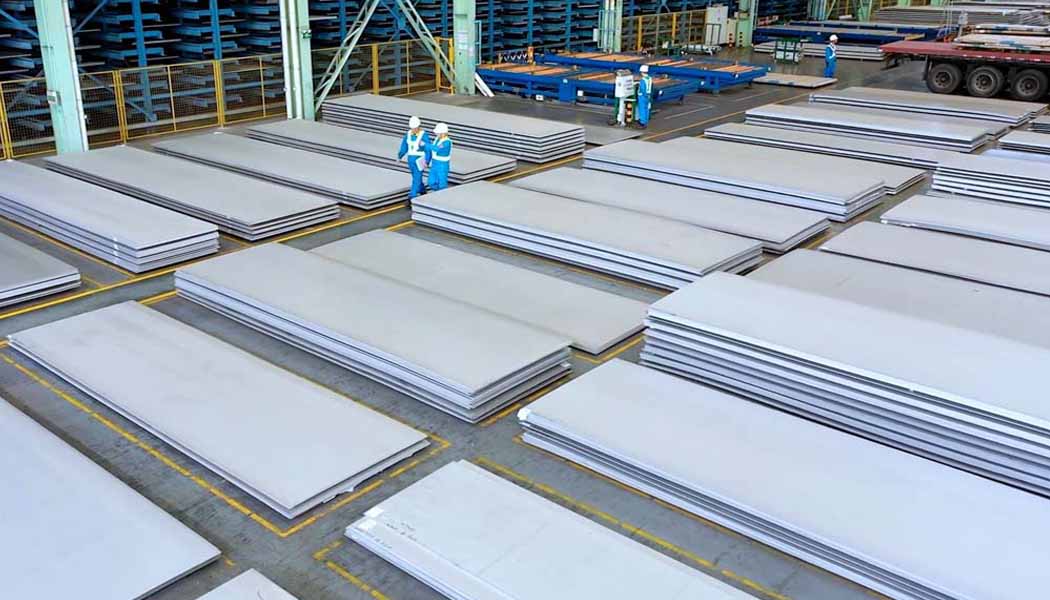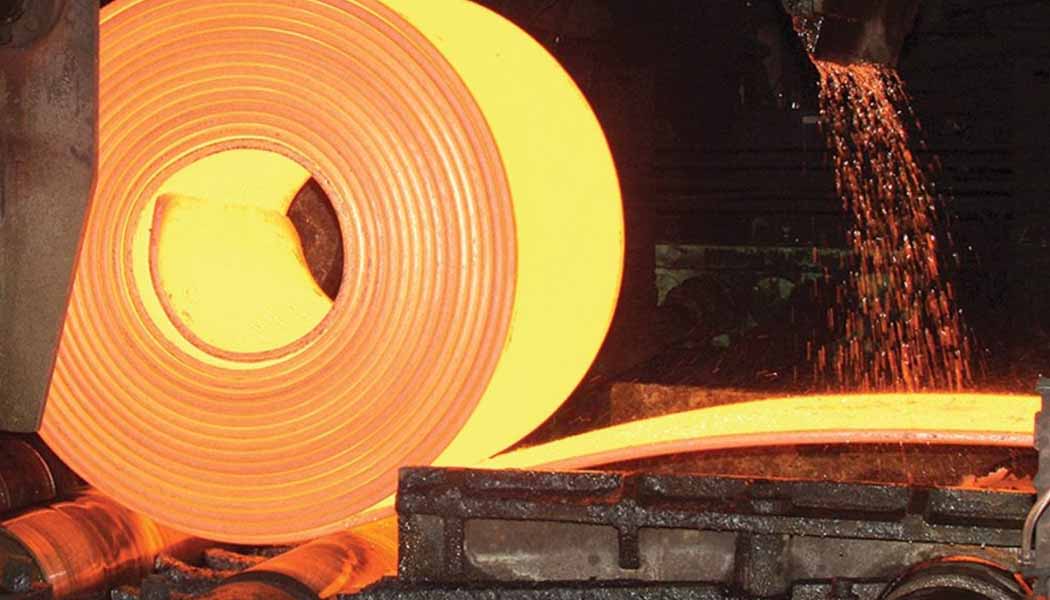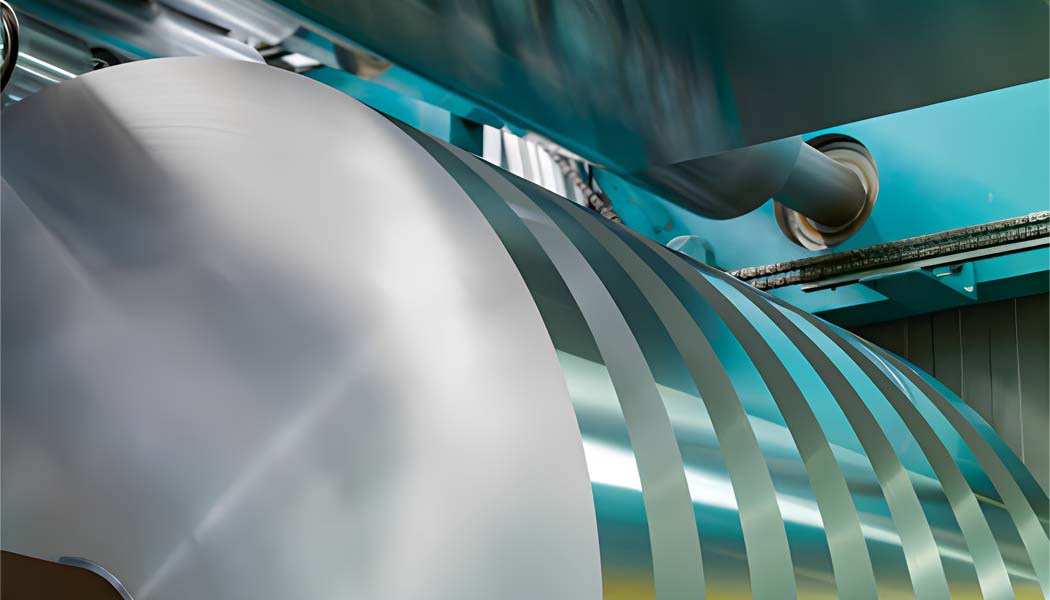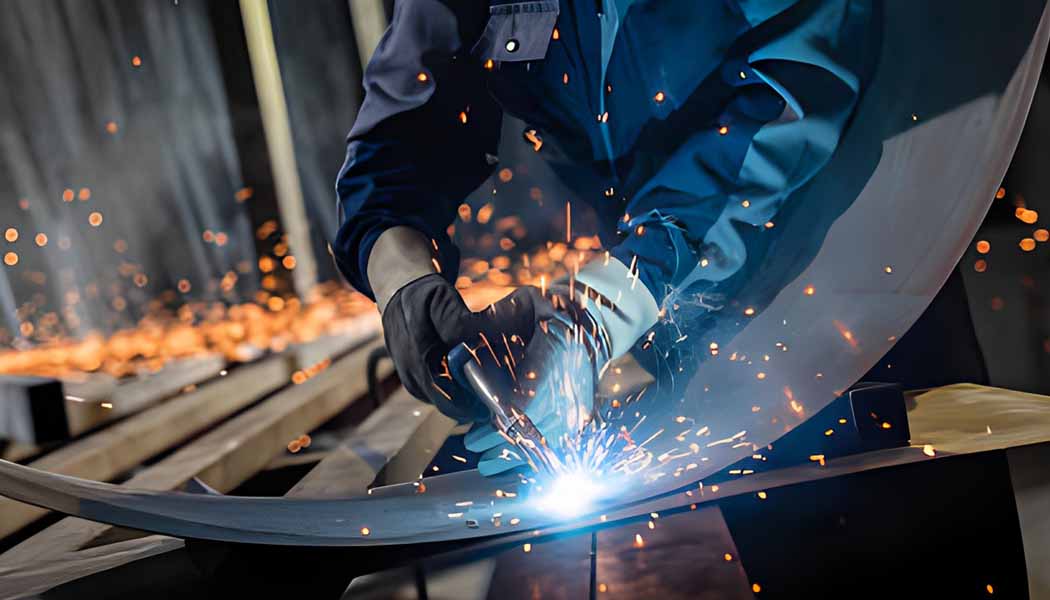|
Chemical.Component
|
C
|
Mn
|
P
|
S
|
Si
|
Cr
|
Ni
|
Mo
|
N
|
Cu
|
|
304
|
0.07
|
2.00
|
0.045
|
0.03
|
0.75
|
17.50-19.50
|
8.00-10.5
|
/
|
0.10
|
/
|
|
304L
|
0.03
|
2.00
|
0.045
|
0.03
|
0.75
|
17.50-19.50
|
8.00-12.00
|
/
|
0.10
|
/
|
|
304H
|
0.10
|
2.00
|
0.045
|
0.03
|
0.75
|
17.50-19.50
|
8.00-10.5
|
/
|
0.10
|
/
|
|
309
|
0.20
|
2.00
|
0.045
|
0.03
|
0.75
|
22.00-24.00
|
12.00-15.00
|
/
|
/
|
/
|
|
309S
|
0.08
|
2.00
|
0.045
|
0.03
|
0.75
|
22.00-24.00
|
12.00-15.00
|
/
|
/
|
/
|
|
310
|
0.25
|
2.00
|
0.045
|
0.03
|
1.50
|
24.00-26.00
|
19.00-22.00
|
/
|
/
|
/
|
|
310S
|
0.08
|
2.00
|
0.045
|
0.03
|
1.50
|
24.00-26.00
|
19.00-22.00
|
/
|
/
|
/
|
|
316
|
0.08
|
2.00
|
0.045
|
0.03
|
0.75
|
16.00-18.00
|
10.00-14.00
|
2.00-3.00
|
0.10
|
/
|
|
316L
|
0.03
|
2.00
|
0.045
|
0.03
|
0.75
|
16.00-18.00
|
10.00-14.00
|
2.00-3.00
|
0.10
|
/
|
|
317
|
0.08
|
2.00
|
0.045
|
0.03
|
0.75
|
18.00-20.00
|
11.00-15.00
|
3.00-4.00
|
0.10
|
/
|
|
317L
|
0.035
|
2.00
|
0.045
|
0.03
|
0.75
|
18.00-20.00
|
11.00-15.00
|
3.00-4.00
|
/
|
/
|
|
321
|
0.08
|
2.00
|
0.045
|
0.03
|
0.75
|
17.00-19.00
|
9.00-12.00
|
/
|
0.10
|
/
|
|
347
|
0.08
|
2.00
|
0.045
|
0.03
|
0.75
|
17.00-19.00
|
9.00-13.00
|
/
|
/
|
/
|
|
409
|
0.03
|
1.00
|
0.04
|
0.02
|
1.00
|
10.50-11.70
|
11.70
|
0.50
|
/
|
0.03
|
|
410S
|
0.08
|
1.00
|
0.04
|
0.03
|
1.00
|
11.50-13.50
|
0.60
|
/
|
/
|
/
|
|
420
|
0.15
|
1.00
|
0.04
|
0.03
|
1.00
|
12.00-14.00
|
0.75
|
0.50
|
/
|
/
|
|
430
|
0.12
|
1.00
|
0.04
|
0.03
|
1.00
|
16.00-18.00
|
0.75
|
/
|
/
|
/
|
|
439
|
0.03
|
1.00
|
0.04
|
0.03
|
1.00
|
17.00-19.00
|
0.50
|
/
|
0.03
|
/
|
|
2205
|
0.03
|
2.00
|
0.03
|
0.02
|
1.00
|
22.00-23.00
|
4.50-6.50
|
3.00-5.00
|
0.14-0.20
|
/
|
|
2507
|
0.03
|
1.20
|
0.035
|
0.02
|
0.80
|
24.00-26.00
|
6.00-8.00
|
3.00-5.00
|
0.24-0.32
|
0.50
|
|
31803
|
0.03
|
2.00
|
0.03
|
0.02
|
1.00
|
21.00-23.00
|
4.50-6.50
|
2.50-3.50
|
0.08-0.20
|
/
|
|
253MA
|
0.08
|
0.80
|
0.04
|
0.03
|
1.60
|
21.00
|
11.00
|
/
|
0.17
|
/
|
|
254SMO
|
0.02
|
1.00
|
0.03
|
0.01
|
0.80
|
19.50-20.50
|
17.05-18.50
|
6.00-6.50
|
0.18-0.22
|
0.50-1.00
|
|
904L
|
0.02
|
2.00
|
0.045
|
0.035
|
1.00
|
19.00-23.00
|
23.00-28.00
|
4.00-5.00
|
0.10
|
1.00-2.00
|
|
Mechanical Property
|
Tensile Strength, min
|
Yield Strength, min
|
Elongation
|
Hardness, max
|
|
|
ksi
|
Mpa
|
ksi
|
Mpa
|
/
|
Brinell.HBW
|
Rockwell
|
|
304
|
75
|
515
|
30
|
205
|
40
|
201
|
92HRBW
|
|
304L
|
70
|
485
|
25
|
170
|
40
|
201
|
92HRBW
|
|
304H
|
75
|
515
|
30
|
205
|
40
|
201
|
92HRBW
|
|
309
|
75
|
515
|
30
|
205
|
40
|
217
|
95HRBW
|
|
309S
|
75
|
515
|
30
|
205
|
40
|
217
|
95HRBW
|
|
310
|
75
|
515
|
30
|
205
|
40
|
217
|
95HRBW
|
|
310S
|
75
|
515
|
30
|
205
|
40
|
217
|
95HRBW
|
|
316
|
75
|
515
|
30
|
205
|
40
|
217
|
95HRBW
|
|
316L
|
70
|
485
|
25
|
170
|
40
|
217
|
95HRBW
|
|
317
|
75
|
515
|
30
|
205
|
35
|
217
|
95HRBW
|
|
317L
|
75
|
515
|
30
|
205
|
40
|
217
|
95HRBW
|
|
321
|
75
|
515
|
30
|
205
|
40
|
217
|
95HRBW
|
|
347
|
75
|
515
|
30
|
205
|
40
|
201
|
92HRBW
|
|
409
|
55
|
380
|
25
|
170
|
20
|
179
|
88HRBW
|
|
410S
|
60
|
415
|
30
|
205
|
22
|
183
|
89HRBW
|
|
420
|
100
|
690
|
/
|
/
|
15
|
217
|
96HRBW
|
|
430
|
65
|
450
|
30
|
205
|
22
|
183
|
89HRBW
|
|
439
|
60
|
415
|
30
|
205
|
22
|
183
|
89HRBW
|
|
2205
|
95
|
655
|
65
|
450
|
25
|
293
|
31HRC
|
|
2507
|
116
|
795
|
80
|
550
|
15
|
310
|
32HRC
|
|
31803
|
90
|
620
|
65
|
450
|
25
|
293
|
31HRC
|
|
253MA
|
|
600
|
310
|
310
|
40
|
217
|
95HRBW
|
|
254SMO
|
100
|
690
|
45
|
310
|
35
|
233
|
96HRBW
|
|
904L
|
71
|
490
|
31
|
220
|
35
|
/
|
90HRBW
|
304 is considered the most versatile, most widely used austenitic stainless steel, which shows high strength, excellent corrosion resistance and outstanding formability. This grade is very ductile due to lower carbon content, and can be easily cold worked by roll forming, deep drawing, and bending. In addition, 304 is available in more forms and finishes than any other grade of stainless steel. This grade commonly shows up in the oil and gas and food service industries.
304L stainless steel has many of the same mechanical properties of 304 stainless steel. This grade is an extra-low carbon variant of 304. It has 0.03% maximum carbon content. Which helps to remove the carbide precipitation that occurs during the welding process. Because of these characteristics, the 304L stainless steel can be used in the “as welded” condition, even in highly corrosive conditions.
Unlike 304 and 304L, 304H is an austenitic stainless steel and the higher carbon content delivers an increased tensile and yield strength. However, because of its high carbon content, 304H stainless steel is subject to carbide precipitation in the heat affected zone of welds. This grade is more suitable for use in applications where elevated temperatures are present, such as industrial boilers, pressure vessels etc.
309 is a austenitic chromium-nickel stainless steel, it contains chromium 23%, nickel 14%. Due to their high chromium and nickel content, 309 stainless steel is highly corrosion resistant, have outstanding resistance to oxidation, and excellent heat resistance while providing good strength at room and elevated temperatures. It is widely applied in boiler baffles, oven linings, and other high temperature containers.
309S is an extra-low carbon variant of 309. Due to a lower carbon content, that minimizes carbide precipitation and improves weldability. Other than this slight variation in its composition 309S stainless steel has many of the same mechanical properties of 309 stainless steel. They can be roll formed, stamped and drawn readily. In-process annealing is usually required to reduce hardness and increase ductility.
310 is a multi-purpose austenitic heat resistant stainless steel. Great ductility with oxidation resistance under mildly cyclic conditions to 2010°F (1100°C). In addition, The grade has good aqueous corrosion resistance due to high chromium content (19-22%). 310 stainless steel is the ideal choice for projects that require service at high temperature corrosion resistant applications.
310S stainless steel is the lower carbon version of 310 grade which is less prone to embrittlement and sensitization in service. The grade contains 25% chromium and 20% nickel, making it highly resistant to oxidation and corrosion. Besides, it is used in temperatures up to 2,100℉ in continuous service, ideally suited for high-temperature applications such as heat treatment and chemical processing equipment.
316 stainless is one of the more popular austenitic stainless steel. Not only does the grade have strong forming and welding characteristics, but it has the ability to fold or roll so it can be easily transformed into a number of applications. It is widely used in the ship bulding, heat exchangers industry etc. In addition, 316 stainless steel has 2.00-3.00% molybdenum-bearing content, making it a fair bit more resilient to corrosive abuse than most other stainless teel grade.
316L is very similar to 316 stainless steel, just contain lower levels of carbon. It is an austenitic steel which will become slightly magnetic after significant cold working. In addition, the lower carbon contont make this grade immune from sensitisation or grain boundary carbide precipitation, and easier to machine. Because of these unique property, 316L stainless steel tends to be commonly used in heavy gauge welding situations.
321 is a basic austenitic stainless steel. The grade is stabilized with titanium which results in excellent resistance to intergranular corrosion following exposure to temperatures in the chromium carbide precipitation range from 800 to 1500°F. 321 stainless steel can be polished to some degree but is not recommended for decorative applications. It is commonly used in heat exchangers, heating element tubing, even the aerospace industry.
321H is the higher carbon version of the 321 stainless steel. The grade contains between 0.04% and 0.10% carbon. It was developed for enhanced creep resistance and for higher strength at temperatures above 1000°F. 321H can be used in various industries such as chemical processing, waste treatment, petroleum refining etc.. Aerospace also applies, especially piston engine manifolds.
2205 grade is one of the most widely used ferritic and austenitic duplex stainless steel. It is available in many forms and finishes, such as coil, sheet, plate etc. 2205 duplex stainless stands-up excellently in a range of atmospheric environments even when exposed to corrosive elements, specifically to sea water. It can be used in chemical processing, transport, and storage for a variety of industries due to both its excellent corrosion resistance and high strength.
2507 is a super duplex stainless steel with 25% chromium, 4% molybdenum, and 7% nickel. The high chromium, molybdenum, and nickel levels makes it extremely resistant to uniform corrosion by organic acids like formic and acetic acid. The 2507 super duplex stainless steel is designed for demanding applications which require exceptional strength and corrosion resistance, such as chemical process, petrochemical, and seawater equipment.
904L is a very low carbon contain austenitic stainless steel. The grade has good resistance to pitting and crevice corrosion capabilities, very high stress corrosion cracking capacity, good intergranular corrosion resistance property, good processability and solderability. 904L austenitic stainless steel designed for the harsh corrosion conditions. It has applications in pipe systems, water treatment, heat exchangers.
 English
English Русский
Русский

